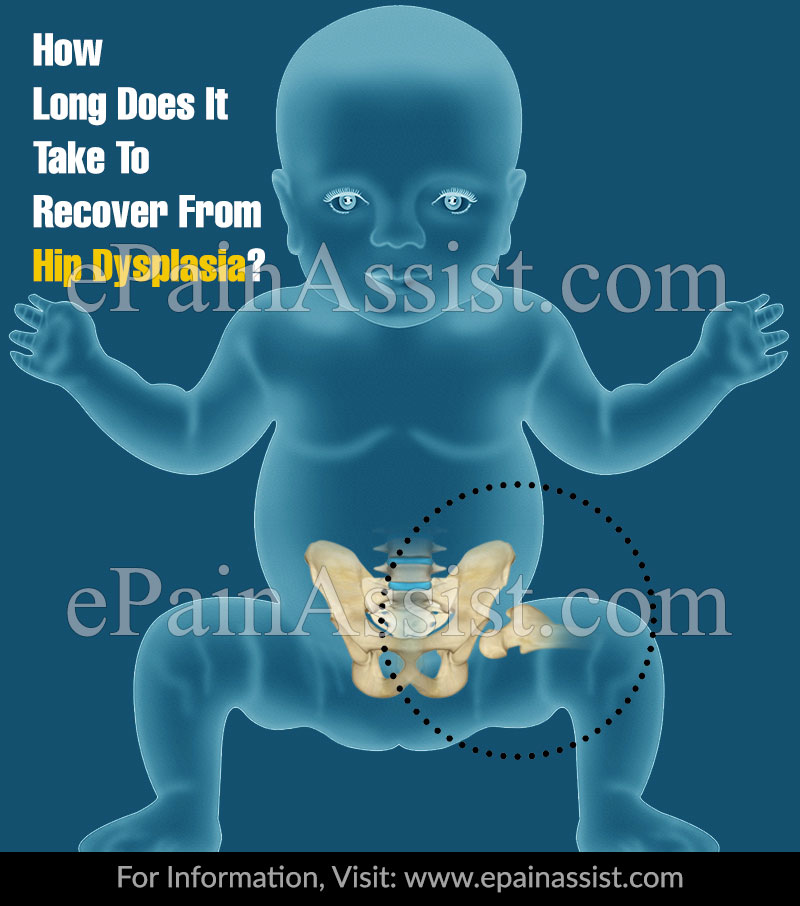Hip Dysplasia is a pathological condition seen mostly in infants and newborns where the hip socket of the ball and socket joint of the hip does not get completely fit into the ball portion of the joint.1 This causes the hip joint to frequently dislocate. In majority of the cases, Hip Dysplasia is a condition with which a child is born even though there are cases where a child may develop this condition later on in life.
If a child frequently dislocates the hip then a physician review is recommended as this might be a classic case of Hip Dysplasia. If this condition is diagnosed in early infancy then it might be treated successfully with just a back brace; however, if left untreated the condition may progress and the child may have to need surgical procedure in the form of periacetabular osteotomy to correct Hip Dysplasia.
Mild cases of Hip Dysplasia may not cause any problem for the infant other than frequent episodes of hip dislocation; however, if a child develops Hip Dysplasia later on in life then it may result in certain painful manifestations like osteoporosis or labral tears.

How Long Does It Take To Recover From Hip Dysplasia?
The treatment for Hip Dysplasia is focused on preserving the hip as long as possible before a surgical procedure to correct the hip is recommended. This is precisely the reason why Hip Dysplasia needs to be diagnosed and treated early.
A surgery to correct Hip Dysplasia is only required for children who have this condition in early adolescence or teenage years as for them surgery is the only treatment available for fixing Hip Dysplasia.2 The surgery required for correcting Hip Dysplasia is called Periacetabular Osteotomy. In this procedure, the hip bone is cut at various points such that it fits correctly into the socket. Screws are then placed to maintain the hip in position.
The surgery for hip dysplasia requires about a week of hospitalization postsurgery following which the patient is discharged. For about four to six weeks, the patient will require assistance of crutches for ambulation. It normally takes about six months of recuperation following surgery to completely return back to normal activities after surgery for correcting Hip Dysplasia.
In cases where the surgery is performed in bilateral hips then the recovery time increases to close to a year before the patient can return back to normal activities after surgery for Hip Dysplasia.
Also Read:
